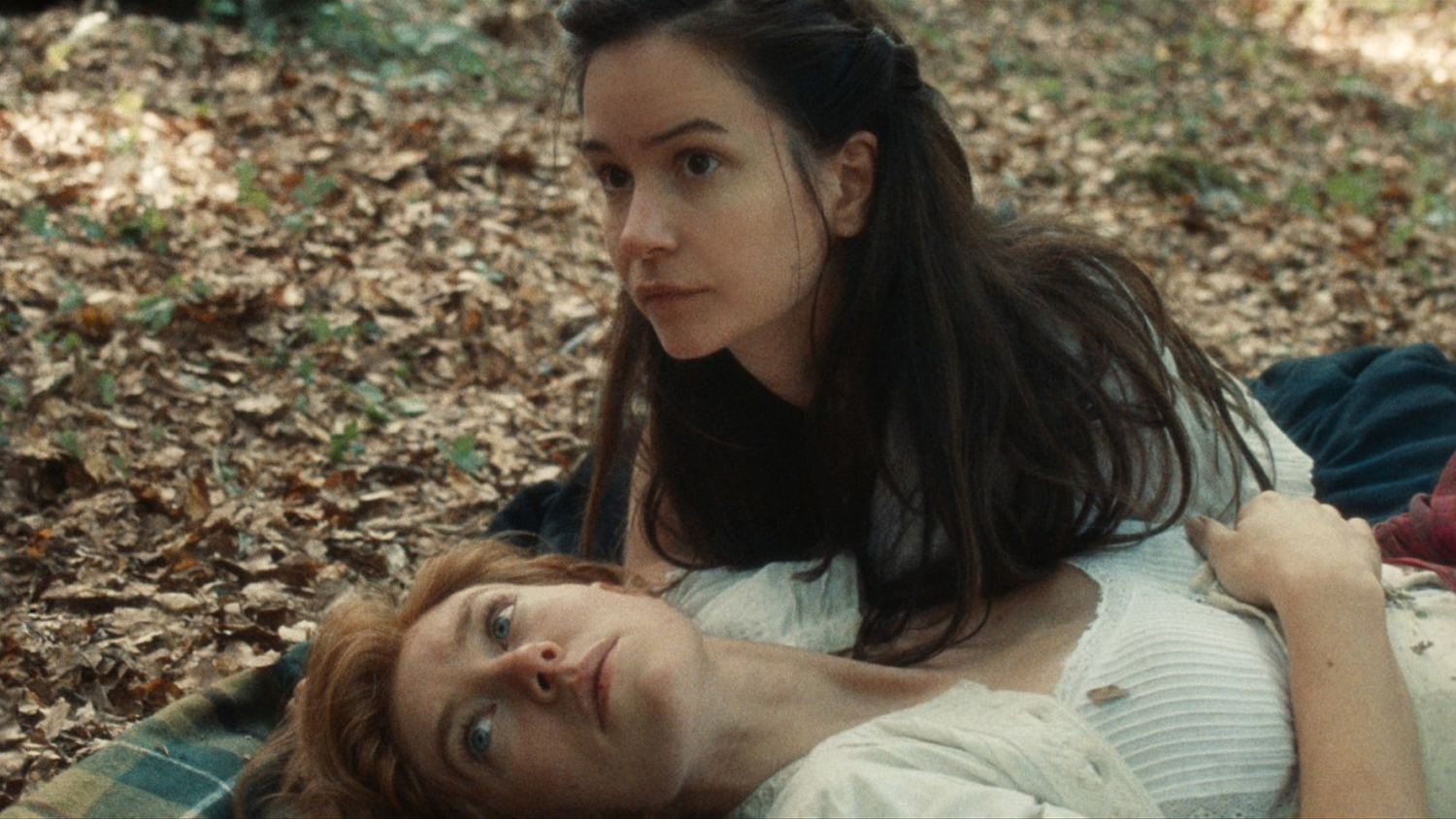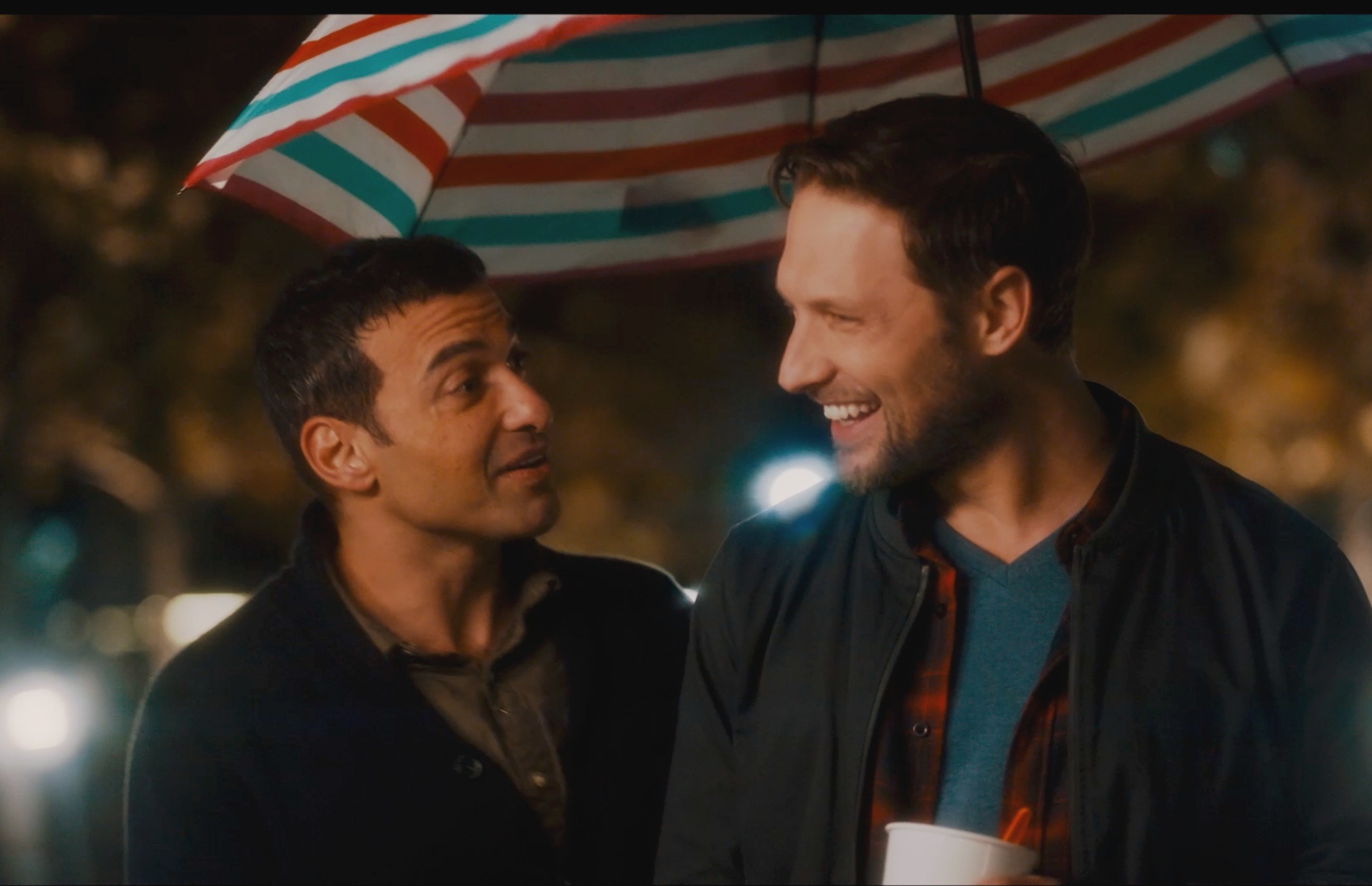Swan Song
by Hope Madden
Do you mean to say that Udo Kier and Jennifer Coolidge were in Sandusky, Ohio and nobody told me?
Yes! All thanks to the magic of Todd Stephens, a filmmaker born and raised in Sandusky who has neighborhood stories to tell that do not involve Cedar Point. Stephens wrote the film Swan Song as a fictional homage to his own hometown hero.
Kier plays that hero, retired hairdresser Pat Pitsenbarger. Though Pat never left Sandusky, he’s been closed up in a nursing home for so long that he doesn’t even recognize it. That changes when the dying wish of an old client—the richest and most glamorous woman in all of Sandusky (Linda Evans, no less!)—is for Pat to make her gorgeous.
Kier, a staple of independent film since 1970, effortlessly infuses any movie with a palpable sense of the weird and unseemly. Often pegged to play baddies (see his recent films The Painted Bird and Bacurau for proof), he is an absolute treasure here, full of joy, impishness and sass to burn.
If Pat is going to be able to pull off this miracle, he’ll have to confront nemesis Dee Dee Dale (Coolidge) — and thank God for it. While you might expect zany comedic antics, the truth is that both veterans display tenderness and heartbreak beneath their barbs. Their scenes together bring real depth to an ultimately bittersweet homecoming.
Not every ensemble player is quite as strong and Stephens’s deeply independent roots sometimes show. But whenever things begin to feel almost amateurish or scenes run on a little longer than necessary, Kier somehow salvages it with an eye roll, a sashay, or another affectionate murmuring of “Sandusky…I love you.”
Swan Song delivers a remarkable showcase for Kier’s particular and peculiar talent, but Stephens has more on his mind than a vanity project for a deserving actor. As Pat confronts a world he no longer recognizes, Swan Song laments the death of fabulousness. The film becomes a note about what you lose when you win.
And the glory of a darling pair of shoes.




